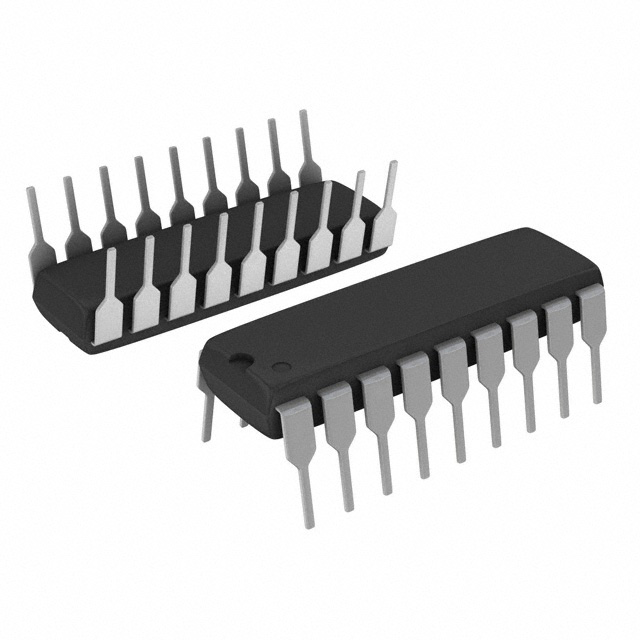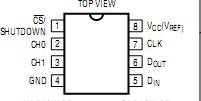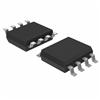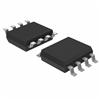LTC1098: Features: 80µA Maximum Supply Current 1nA Typical Supply Current in Shutdown 8-Pin SO Plastic Package 5V Operation (LTC1096/LTC1098) 3V Operation (LTC1096L/LTC1098L)(2.65V Min) Sample-and-Hol...
floor Price/Ceiling Price
- Part Number:
- LTC1098
- Supply Ability:
- 5000
Price Break
- Qty
- 1~5000
- Unit Price
- Negotiable
- Processing time
- 15 Days
SeekIC Buyer Protection PLUS - newly updated for 2013!
- Escrow Protection.
- Guaranteed refunds.
- Secure payments.
- Learn more >>
Month Sales
268 Transactions
Payment Methods
All payment methods are secure and covered by SeekIC Buyer Protection PLUS.

 LTC1098 Data Sheet
LTC1098 Data Sheet








